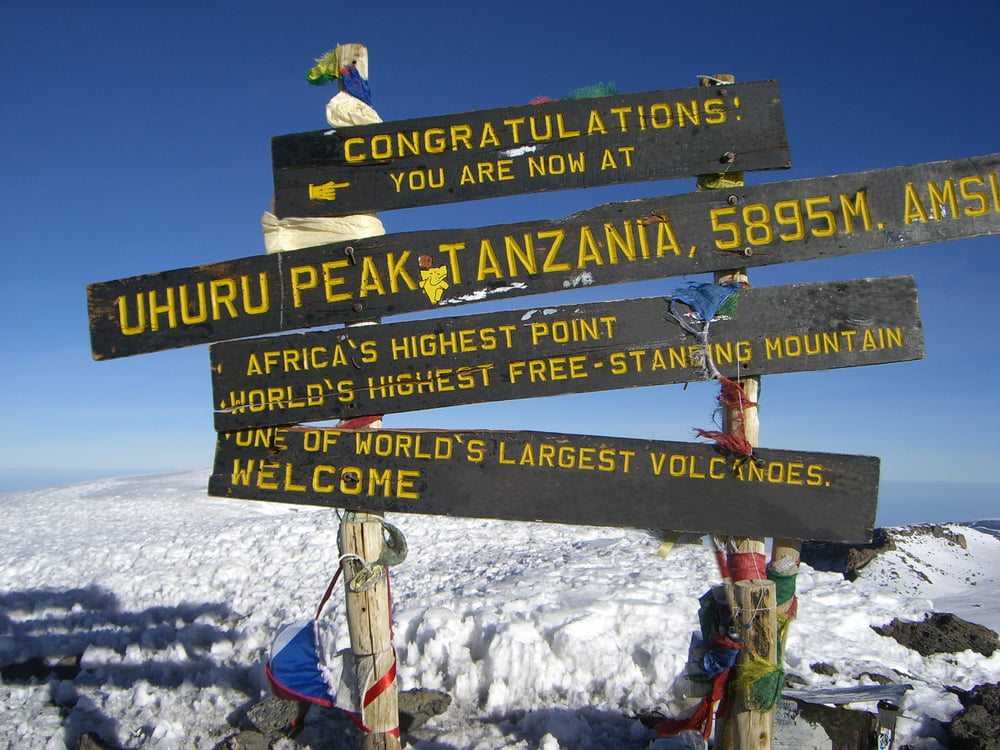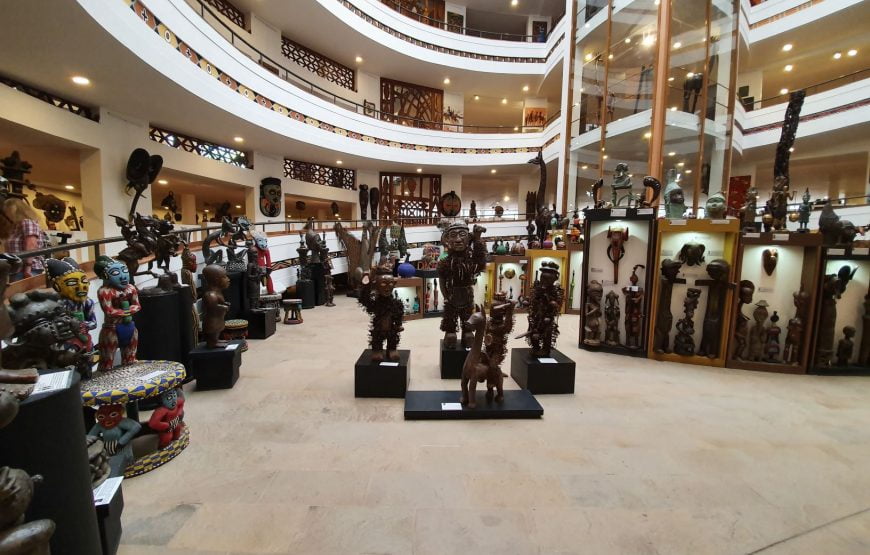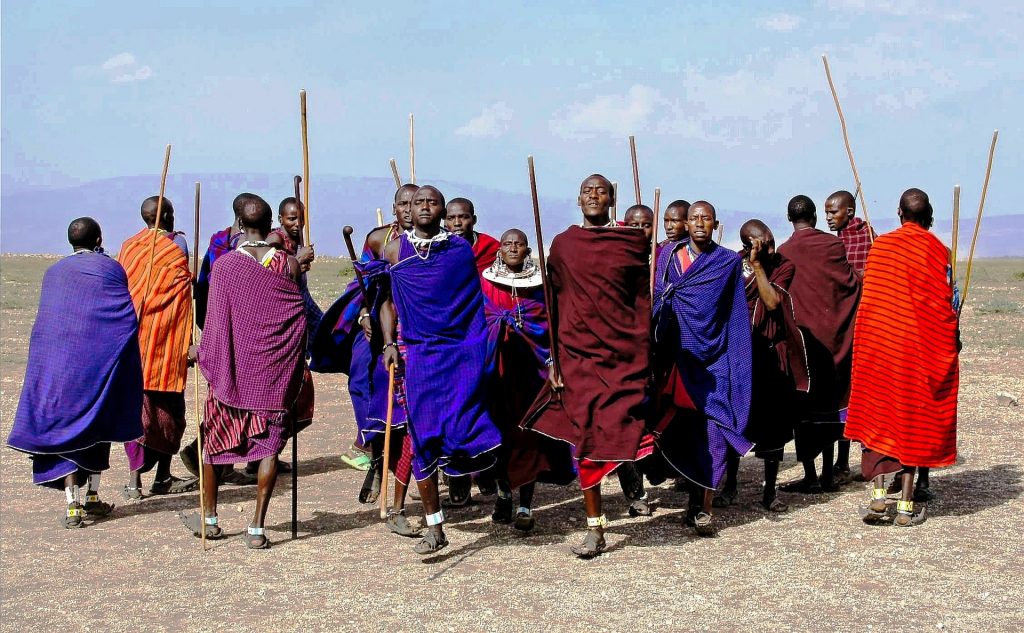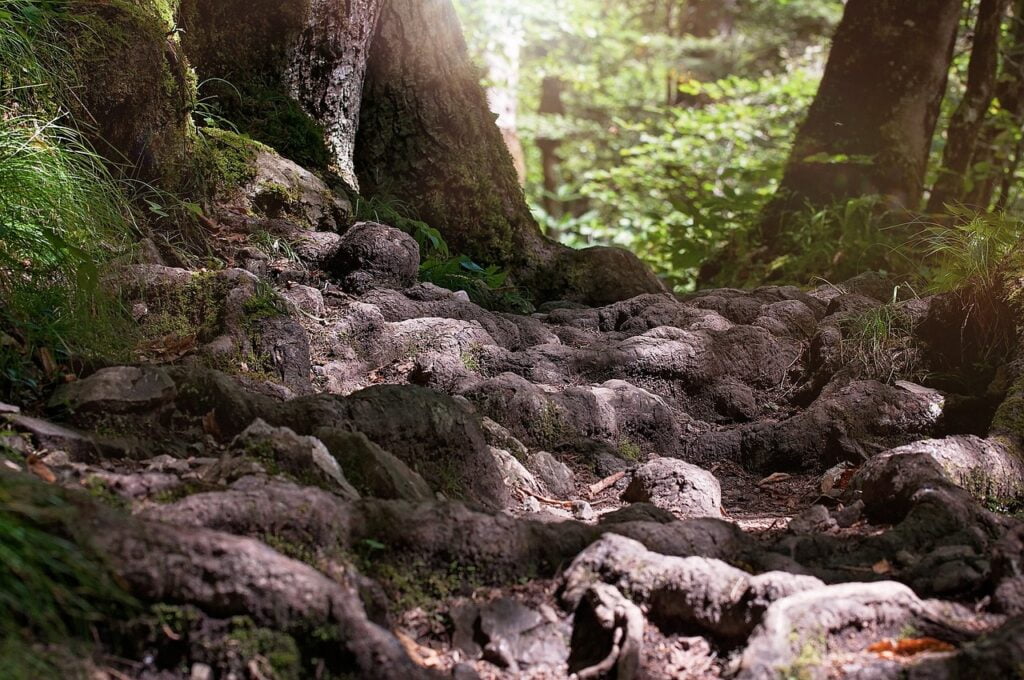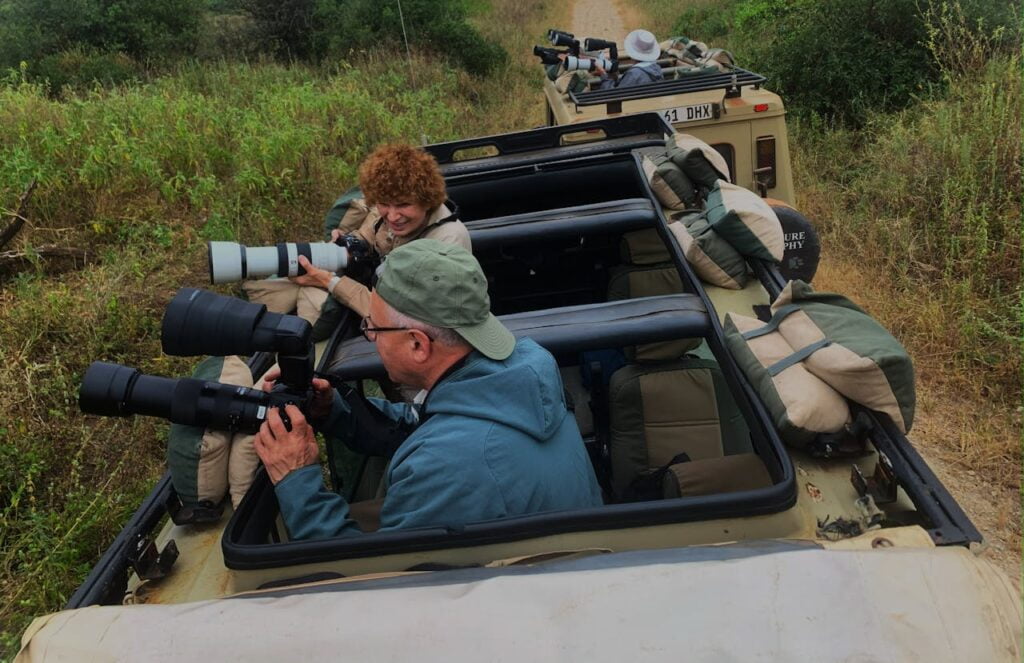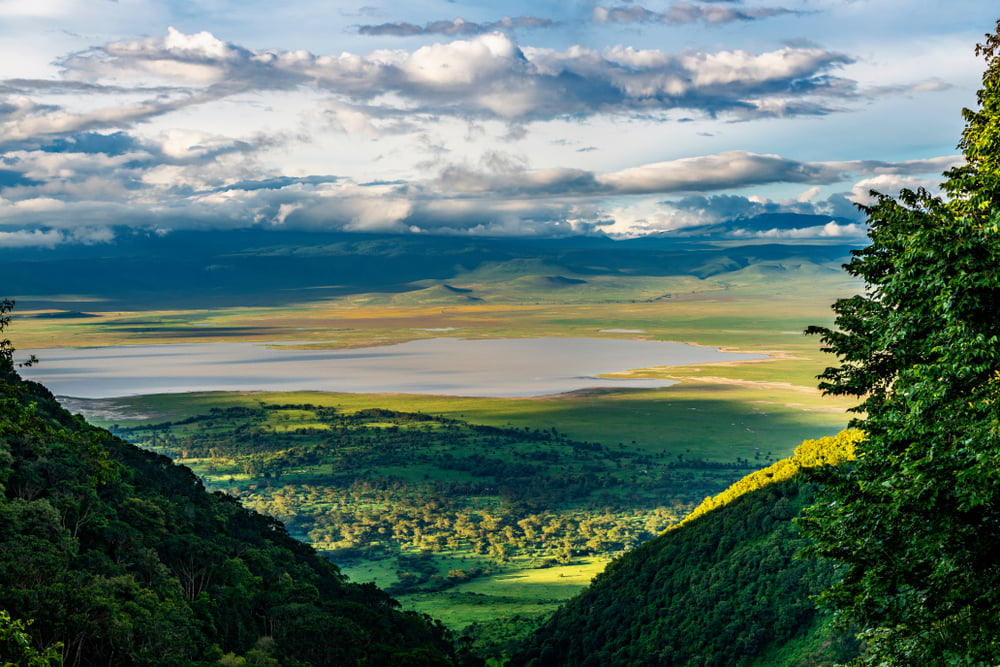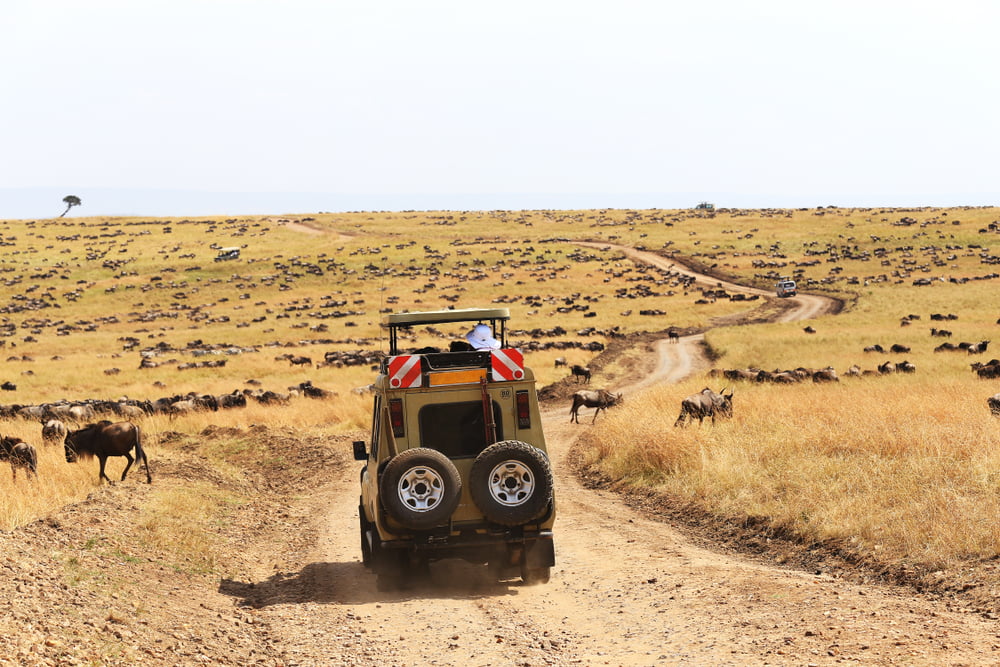Trekking Mount Kilimanjaro: A Journey of a Lifetime
Towering over the Tanzanian plains, Mount Kilimanjaro, the “Roof of Africa,” beckons intrepid adventurers with the promise of an unforgettable challenge. This dormant volcano, the highest point in Africa, isn’t just a mountain; it’s a journey of self-discovery, breathtaking panoramas, and a profound connection with nature. Is Kilimanjaro for You? While Kilimanjaro isn’t a technical climb, it requires a good level of fitness and determination. The trek traverses diverse landscapes, from lush rainforests to arid highlands, culminating in the thin air and potential challenges of high altitude. Honest self-assessment and a solid training plan are crucial for a successful and rewarding summit attempt. Choosing Your Route: Several routes lead to the summit, each offering unique challenges and experiences. The most popular options include: Marangu Route: Nicknamed the “Coca-Cola Route” for its relative ease of access, Marangu is a good option for first-time trekkers. However, it lacks the camping experience offered by other routes. Machame Route: Scenically stunning and considered more challenging than Marangu, Machame offers diverse landscapes and a true wilderness experience. Lemosho Route: The least crowded route, Lemosho provides a more remote and adventurous experience with beautiful scenery. However, it’s also the longest route to the summit. Travel with Future African Safari, and have an adventure. Book With Us Preparing for Success: Physical Conditioning: A dedicated training program focusing on endurance and cardiovascular health is essential. Aim to build stamina for long hikes with a backpack. Altitude Acclimatization: Kilimanjaro’s high altitude poses a real challenge. Gradual ascent and proper acclimatization hikes are crucial to avoid altitude sickness. Gear Up: Invest in proper clothing and footwear suitable for various weather conditions. Don’t underestimate the importance of staying warm and dry throughout the trek. Beyond the Summit: The true magic of Kilimanjaro lies not just in reaching the peak, but in the journey itself. Witnessing the diverse ecosystems, from verdant forests to the lunar-like landscape near the summit, creates memories that will last a lifetime. You’ll encounter a unique camaraderie with fellow trekkers and the dedicated porters who assist on the climb. A Once-in-a-Lifetime Experience: Summitting Kilimanjaro is a personal triumph, a testament to physical and mental resilience. The sense of accomplishment at the “Roof of Africa” is unparalleled. But beyond the bragging rights, it’s a transformative journey that fosters a deep appreciation for nature’s grandeur and a newfound sense of self-belief. So, if you’re seeking an adventure that pushes your limits and leaves you breathless in more ways than one, then start planning your Kilimanjaro trek. It’s a journey you won’t soon forget.
Trekking Mount Kilimanjaro: A Journey of a Lifetime Read More »

